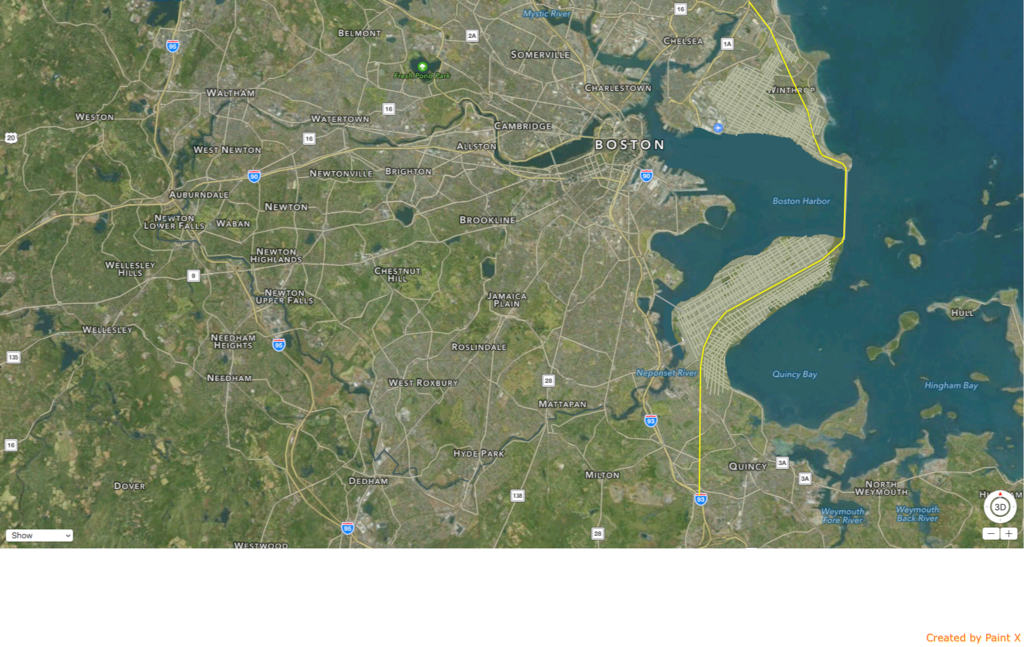stick n move
Superstar
- Joined
- Oct 14, 2009
- Messages
- 12,112
- Reaction score
- 18,983
Now that Northern Avenue is realigned and a few more buildings have filled in the area, I was looking at the parcels with no definite proposals and was thinking that parcel G would be a great place for a library. It is a quick walk from south station/downtown, chinatown, anywhere in south boston, and its right next to the new park. The L parcels are going to be all residential, theres tons of offices going up, and all of these people plus part of downtown would benefit from this. The innovation district is criticized for building the court house on the waterfront, generic glass boxes, and not having the critical pieces that make a neighborhood livable. Im not saying thats all true but I think some of these parcels close to the water should be used for other things than office buildings.
I think this parcel would be great because its next to a park, close to the waterfront, near pier 4 which will be a huge tourist destination, and easy to get to from both the seaport and downtown. Also it would help to not box the park in, would be only a few floors tall, thus helping the views from offices have a sightline to the harbor. A modern library would be nice, but I think the immediate area is so new that an art deco building would do a lot more to give some character to the neighborhood. Let me know what you guys think. It would be located on the main road through the seaport, close to tons of shopping, close to the harborwalk, right behind the ICA and also right next to pier 4. I think this would be a great addition to the area. It most likely would never happen because they would rather sell the parcel to a developer, but IMO this is a very good spot.
I think the best case scenario would be to not build the tower next to goodwin proctor- keep it as a parking garage, and then build this next to the park so there is a great sight line to the harbor (by not having goodwin proctor tower 2) and then build a library that is only a couple stories tall so the park does not get boxed in by towers. Making it a very nice limestone building would also give some depth to the architecture in the area. This would be another great reason to be in this immediate area having a library, park, museum, harborwalk, lots of retail, and pier 4 with its park and steps to the water.

I think this parcel would be great because its next to a park, close to the waterfront, near pier 4 which will be a huge tourist destination, and easy to get to from both the seaport and downtown. Also it would help to not box the park in, would be only a few floors tall, thus helping the views from offices have a sightline to the harbor. A modern library would be nice, but I think the immediate area is so new that an art deco building would do a lot more to give some character to the neighborhood. Let me know what you guys think. It would be located on the main road through the seaport, close to tons of shopping, close to the harborwalk, right behind the ICA and also right next to pier 4. I think this would be a great addition to the area. It most likely would never happen because they would rather sell the parcel to a developer, but IMO this is a very good spot.
I think the best case scenario would be to not build the tower next to goodwin proctor- keep it as a parking garage, and then build this next to the park so there is a great sight line to the harbor (by not having goodwin proctor tower 2) and then build a library that is only a couple stories tall so the park does not get boxed in by towers. Making it a very nice limestone building would also give some depth to the architecture in the area. This would be another great reason to be in this immediate area having a library, park, museum, harborwalk, lots of retail, and pier 4 with its park and steps to the water.

Last edited:






